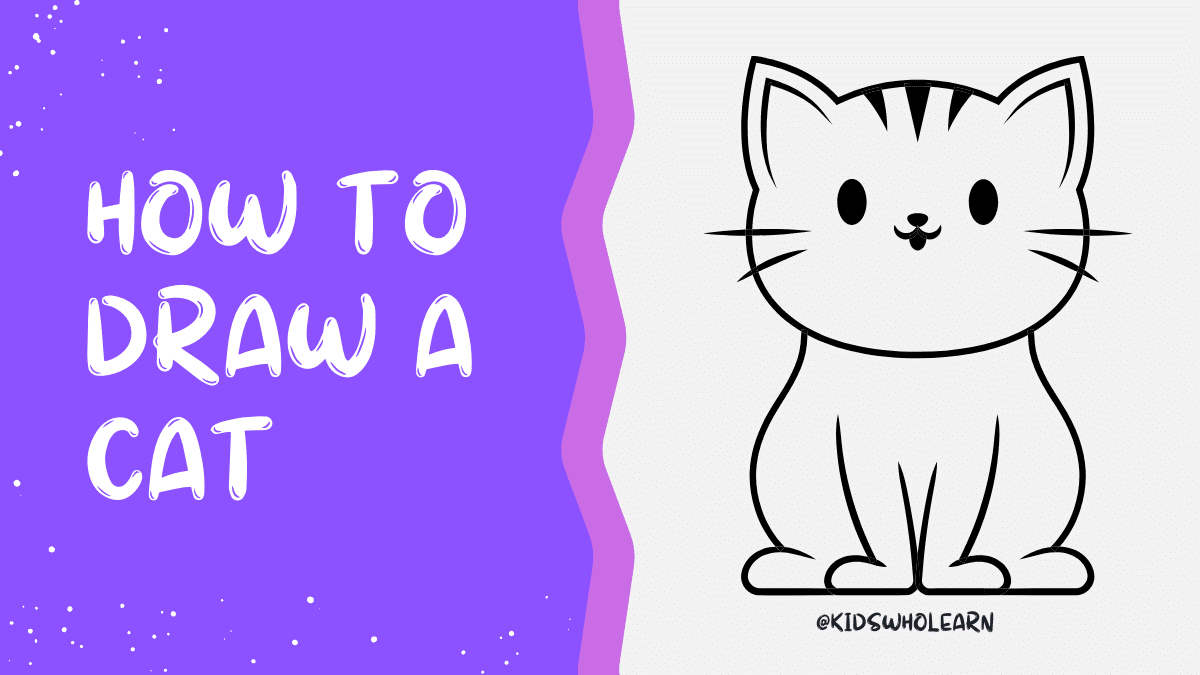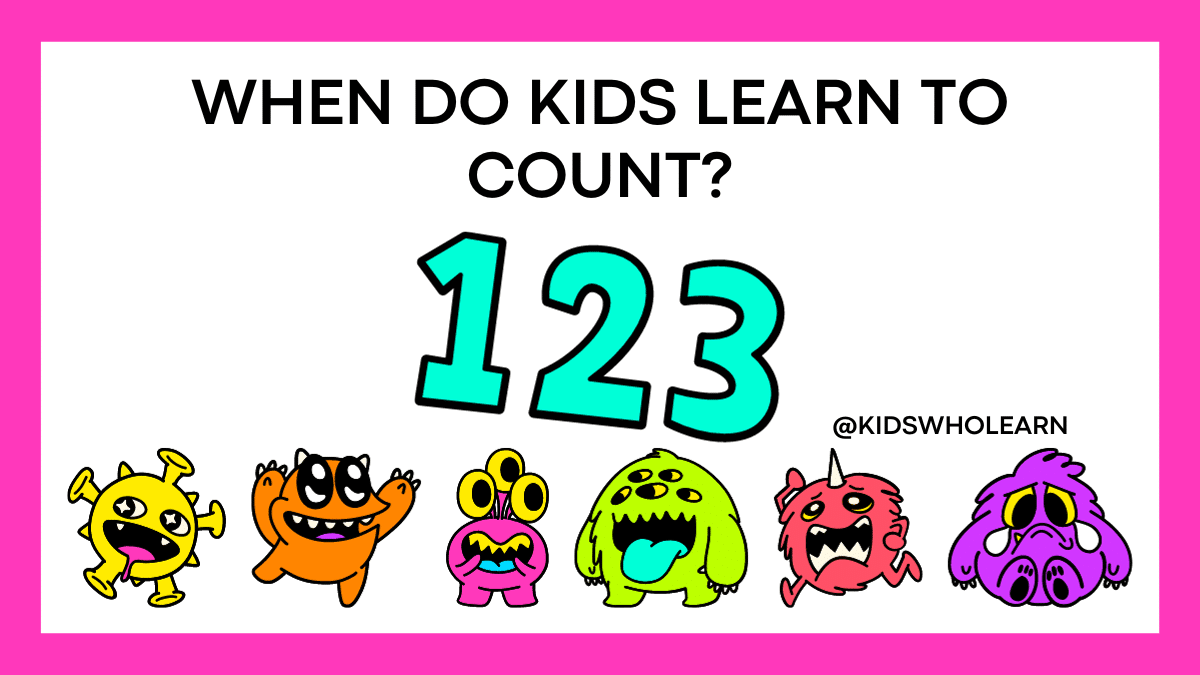If you’re looking to teach your kids how to draw a cat, you’ve come to the right place. Drawing is a fun and creative activity that can help improve hand-eye coordination and boost confidence. Plus, who doesn’t love cats? In this article, we’ll provide step-by-step instructions for drawing a cute and cuddly feline friend.
Before we get started, it’s important to understand the anatomy of a cat. Knowing the basic structure of a cat’s body will help you create a more realistic and proportionate drawing. We’ll also go over the materials you’ll need and some basic drawing techniques to get you started. So grab some paper, a pencil, and let’s get drawing!
Key Takeaways
- Understanding the basic anatomy of a cat is important for creating a realistic drawing.
- Gathering the right materials and using basic drawing techniques will make the process easier and more enjoyable.
- Following step-by-step instructions and adding details will help bring your cat drawing to life.
Understanding Cat Anatomy
Head Structure
The head of a cat is the most important part of its body to get right when drawing. It’s important to understand the basic structure of a cat’s head before attempting to draw one. The head is roughly triangular in shape, with two pointed ears on the top and two almond-shaped eyes in the middle. The nose is located just below the eyes and is usually small and triangular in shape.
Body Proportions
When drawing a cat, it’s important to get the proportions of the body correct. The body of a cat is roughly cylindrical in shape, with a rounded belly and a narrow waist. The legs are short and strong, with the front legs being slightly shorter than the back legs. The tail is long and thin, and can be used to convey a cat’s mood or personality.
Legs and Paws
The legs and paws of a cat are also important to get right when drawing. The front legs are slightly shorter than the back legs, and are usually thicker and more muscular. The paws are small and round, with sharp claws that retract when not in use. When drawing the paws, it’s important to show the individual toes and the pads on the bottom of the paw.
Tail Length
The length of a cat’s tail can vary depending on the breed and the individual cat. Some cats have long, thin tails, while others have short, stubby tails. When drawing a cat, it’s important to pay attention to the length and shape of the tail, as it can be used to convey a lot of information about the cat’s mood and personality.
Remember, when drawing a cat, it’s important to pay attention to the details and get the proportions right. By understanding the basic anatomy of a cat, you’ll be able to create more realistic and lifelike drawings.
Gathering Drawing Materials
Before you start drawing a cat, you need to gather the right materials. Drawing materials can vary depending on your personal preferences, but there are a few basic things you’ll need to get started.
Choosing Paper
Choosing the right paper is an important part of drawing. You want to choose a paper that is suitable for the medium you’ll be using and that will hold up well over time. For drawing a cat, you’ll want to choose a paper that is smooth and has a good tooth (texture) to it. Here are some common types of paper that you can use for drawing:
- Sketching paper: This is a lightweight paper that is perfect for sketching and practicing.
- Drawing paper: This is a heavier weight paper that is good for more detailed drawings.
- Watercolor paper: This is a thicker paper that is suitable for watercolor paints.
Selecting Drawing Tools
Once you have your paper, you’ll need to select the right drawing tools. Here are some common drawing tools that you can use to draw a cat:
- Pencils: Pencils are a great tool for sketching and outlining your drawing. You can use different types of pencils to create different effects, such as a softer lead for shading.
- Erasers: Erasers are an essential tool for any artist. You’ll need an eraser to correct mistakes and make changes to your drawing.
- Pens: Pens are great for creating bold lines and adding details to your drawing. You can use different types of pens, such as fine liners or brush pens, to create different effects.
- Markers: Markers are great for creating vibrant colors and adding depth to your drawing. You can use different types of markers, such as alcohol-based markers or water-based markers, to create different effects.
Now that you know what materials you need, it’s time to start drawing your cat!
Basic Drawing Techniques
Creating Outlines
When drawing a cat, start by creating a basic outline of the body. Draw a circle for the head and a larger oval for the body. Add four legs and a tail. Use light lines and basic shapes to create the outline. Once you have the basic shape, add details like the ears, eyes, and nose. Use a reference image if needed to get the details right.
Shading Techniques
Shading is an important part of drawing a realistic cat. Use a light source to determine where the shadows and highlights should be. Shade darker areas with a pencil or marker and use lighter shading for areas that should be lighter. Use cross-hatching or stippling techniques to create texture and depth.
Erasing Mistakes
Mistakes are bound to happen when drawing, but don’t worry! Use an eraser to fix any mistakes or unwanted lines. Be careful not to erase too hard and damage the paper. You can also use a kneaded eraser to gently lift off any excess graphite.
Remember, practice makes perfect! Keep practicing these basic techniques and soon you’ll be able to draw a cat with ease.
Step-by-Step Cat Drawing
Drawing a cat can be a fun and engaging activity for kids. With a few simple steps, you can create a cute and cuddly feline friend. In this section, we will guide you through the process of drawing a cat step-by-step.
Drawing the Head
The first step in drawing a cat is to sketch the head. Start by drawing a circle for the head. Then, draw two triangles on top of the circle for the ears. Draw a small triangle for the nose and a curved line for the mouth. Add two small circles for the eyes and fill them in with black.
Sketching the Body
Next, sketch the body. Draw a long, curved line from the bottom of the head to the back of the body. Then, draw a smaller curved line from the bottom of the head to the front of the body. This will be the cat’s neck. Add two small circles for the front paws and two larger circles for the back paws.
Adding the Legs and Paws
Now it’s time to add the legs and paws. Draw two curved lines for the front legs and two longer curved lines for the back legs. Add small triangles for the paws and draw in the claws. Don’t forget to add some fur details to the legs.
Finishing with the Tail
Finally, it’s time to finish the cat by drawing the tail. Draw a long, curved line for the tail and add some fur details. You can also add some stripes or spots to make your cat unique.
With these simple steps, you can draw a cute and cuddly cat that any kid will love. Practice makes perfect, so don’t be afraid to try different poses and styles. Have fun and let your creativity shine!
Adding Details
When it comes to drawing a cat, adding details is what brings your drawing to life. Here are some tips for adding details to your cat drawing.
Drawing the Eyes
The eyes are the most expressive part of a cat’s face, so it’s important to get them right. Start by drawing two circles for the eyes. Add a smaller circle inside each eye for the pupils. Then draw a curved line above each eye for the eyelids. You can add some shading around the eyes to give them depth.
Sketching the Ears
Cats have pointy ears that are an important part of their appearance. Start by drawing two triangles for the ears. Then add some fur details by sketching some lines around the edges of the ears. You can also add some shading to the inside of the ears to give them depth.
Adding Fur Details
Fur is what makes a cat look fluffy and cute. To add fur details, start by drawing some lines around the cat’s face and body. Then add some short lines inside those lines to create the appearance of fur. You can also use shading to create the illusion of depth and texture.
Here are some additional tips for adding fur details:
- Vary the length and direction of your lines to create a more natural look.
- Use a light touch when drawing your lines to create a softer appearance.
- Add some highlights to the fur by leaving some areas white or lightly shading them.
By following these tips, you can add the right details to your cat drawing and make it look more realistic.
Coloring the Cat
Choosing Colors
When it comes to coloring your cat, there are no hard and fast rules. You can choose any colors you like, as long as you have fun doing it. However, there are a few things to keep in mind:
- Consider the color of your cat’s fur in real life. If your cat is black and white, you might want to use black and white colors in your drawing.
- Think about the mood you want to convey. If you want your cat to look happy and playful, you might want to use bright colors. If you want your cat to look serious or mysterious, you might want to use darker colors.
- Don’t be afraid to experiment. Try out different color combinations and see what works best for you.
Applying Colors
Once you have chosen your colors, it’s time to apply them to your cat. Here are a few tips to help you get started:
- Start with the lightest colors first. This will help you avoid smudging darker colors onto lighter ones.
- Use short, light strokes to apply the colors. This will give your cat a more realistic look.
- Don’t be afraid to blend colors together. You can use your finger or a blending tool to create a smooth transition between colors.
- Add highlights and shadows to give your cat more depth. Use a lighter color for highlights and a darker color for shadows.
Remember, the most important thing is to have fun and enjoy the process of coloring your cat. With a little practice, you will be able to create a beautiful and unique drawing that you can be proud of.
Final Touches
Now that you have drawn the basic shape of your cat, it’s time to add some final touches to make it look even better. In this section, we’ll go over some tips on how to review your drawing and make adjustments to perfect it.
Reviewing the Drawing
Before you start adding details, take a step back and look at your drawing as a whole. Check to see if the proportions are correct and if the cat looks balanced. If something looks off, don’t be afraid to erase and start over. It’s better to take your time and get it right than to rush and end up with a lopsided cat.
If you’re having trouble identifying what needs to be fixed, try looking at your drawing in a mirror or taking a photo of it with your phone. Seeing the drawing from a different angle can help you spot mistakes that you might have missed before.
Making Adjustments
Once you’re satisfied with the overall shape of your cat, it’s time to add some details. Start by adding eyes, a nose, and whiskers. These features will give your cat some personality and make it look more realistic.
If you’re having trouble drawing the eyes, try using a reference photo or looking at your own cat (if you have one) for inspiration. Remember that cats’ eyes are usually almond-shaped and have a vertical pupil.
Next, add some fur texture to your cat. Use short, quick strokes to create the illusion of fur. You can also use shading to add depth and dimension to your drawing.
Finally, add any other details that you think will make your cat look even better. Maybe your cat has a collar or a bow tie, or maybe it’s sitting on a cushion. Whatever details you choose, make sure they’re in proportion with the rest of the drawing.
With these final touches, your cat drawing is complete! Take a step back and admire your work. You did a great job!
Frequently Asked Questions
What are some easy steps to draw a cat for kids?
Drawing a cat can be fun and easy! Here are some simple steps to follow:
- Start by drawing a circle for the head and a smaller circle for the body.
- Draw four legs and two triangles for the ears.
- Add a small triangle for the nose and draw two curved lines for the mouth.
- Draw two circles for the eyes and add pupils.
- Finally, add some whiskers and fur details to make your cat look cute and fluffy!
How can you draw a cat face for kids?
Drawing a cat face can be a bit more challenging, but with these steps, you’ll be able to do it in no time!
- Start by drawing a circle for the head and two triangles for the ears.
- Draw two circles for the eyes and add pupils.
- Add a small triangle for the nose and draw two curved lines for the mouth.
- Draw some whiskers and fur details to make your cat look more realistic.
- Finally, add some shading to the eyes and nose to give your cat face more depth.
What are some tips for drawing a realistic cat?
To make your cat drawing look more realistic, try these tips:
- Use reference images to study the anatomy and features of a cat.
- Pay attention to the proportions of the head, body, and legs.
- Add shading and highlights to give your drawing more depth and dimension.
- Use different pencil strokes to create texture and fur details.
Where can you find a tutorial on drawing a cat on YouTube?
YouTube is a great resource for finding tutorials on drawing cats. Search for “how to draw a cat for kids” and you’ll find plenty of videos to choose from.
How can you add color to a cat drawing for kids?
To add color to your cat drawing, you can use colored pencils, markers, or paint. Start by choosing the colors you want to use and then fill in the different parts of your drawing. Don’t forget to blend the colors to create a more realistic look!
How do you draw a Halloween-themed cat for kids?
To draw a Halloween-themed cat, you can add some spooky elements to your drawing, such as:
- Draw a witch hat or a pumpkin near the cat.
- Add some cobwebs or spiders around the cat.
- Draw the cat with glowing eyes or fangs.
- Use dark colors like black, purple, and orange to create a spooky atmosphere.







